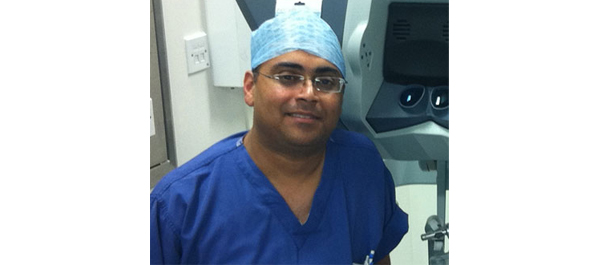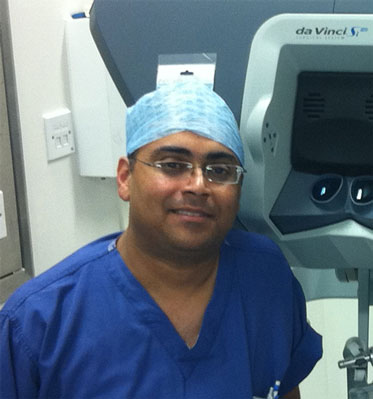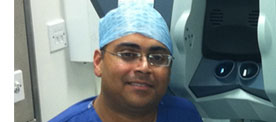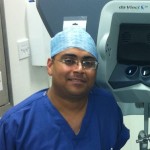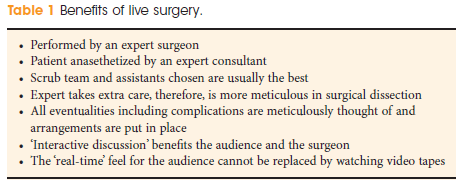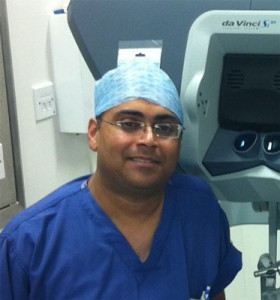Will you bury your Bentley for pleasures in your ‘after life’?
Last year in September, a Brazilian multi-millionaire Count Scarpa, announced to his followers on Facebook that he would bury his most favorite car, a black Flying Spur Bentley costing half a million Dollars, in his backyard! He expressed his intention to be buried next to the Bentley when he died. He explained that this desire arose after he had watched a documentary on the Egyptian Pharaohs and how they buried themselves with their beloved items, so that they can be used during the afterlife. Count Scarpa had stared death in the face on two occasions. He was in a coma after over-whelming sepsis that nearly killed him following an operation to reduce weight. In fact, a priest gave him the last rites on two occasions. However, he recovered to continue with his business. As you would expect, the announcement of the Bentley burial caused uproar in the Brazilian national media and also caught the international media’s attention reported in the UK by Daily Mail and the Metro. His Facebook account was flooded with comments most of which were derogatory and questioning his intentions.
Count Scarpa even posted photos of him digging the grave and of his favourite Bentley waiting to be buried.
He invited the media for the D-day when the event would take place. The car was being driven into the grave, when Count Scarpa stopped the process and invited the entire media team inside his multi-million Dollar mansion. Once inside, he mentioned that he is not crazy to bury his Bentley but exclaimed ‘everyone thought it was absurd when I said I was going to do that.’ ‘Absurd is bury their organs, which could save many lives. Nothing is more valuable. Be a donor, tell your family.’ (See the video here). The publicity stunt certainly worked. A photo of the Count holding a sign reading “I am an organ donor. Are you?” had spread like wildfire over social media sites, being shared over 40,000 times in just 24 hours! The power of Social Media!
The reason for writing this blog stemmed from reading a very touching article in the UK’s Guardian newspaper. The article quotes that there has been a 30.5% increase in transplants in the past five years, there are still more than 7,000 on the transplant list, and last year more than 1,300 people either died while on the waiting list or became too sick to receive a transplant! There is an urgent need worldwide to raise awareness about organ donation. In the UK, there is a drive by the NHS for organ donation. The organ donations website has very interesting statistics regarding donation as well as that of the recipients. The “Did you Know?” page sheds light on some interesting facts including renal transplantation. It is estimated that 30% of people on the NHS Organ Donor Register are aged between 16-25 when they join. A further 24% are aged between 26-35. Only 9% are 65 or over when they join. More women (54%) than men (46%) have signed up on the NHS Organ Donor Register. There is also a need to raise awareness among the ethnic minorities in the Western World as Black people are three times as likely as the general population to develop kidney failure and the need for organs in the Asian community is three to four times higher than that of Caucasians.
Government agencies of various countries should take note of the way Count Scarpa took the advantage of the power of Social Media such as Facebook to raise awareness. In fact, an initiative by John’s Hopkins along with Facebook to increase the organ donation was a huge success. The findings were published in the American Journal of Transplantation. On May 1, 2012, Facebook allowed members to specify their organ donor status on their profile. Members were then offered a link to their state registry to complete an official designation, and their “friends” in the network were made aware of the new status as a donor. Those considering the new organ donor status were provided educational links regarding donation. On the first day, astonishingly there were 13,054 new online registrations, representing a 21.1-fold increase over the baseline average of 616 registrations!
Just as BJUI has capitalized social media among the Urologists, we should encourage our respective Governments to use the various channels effectively to spread the word about Organ Donation.
Amrith Raj Rao is a Consultant Urological and Robotic Surgeon at Wexham Park Hospital, Wexham, UK. Twitter: @urorao

